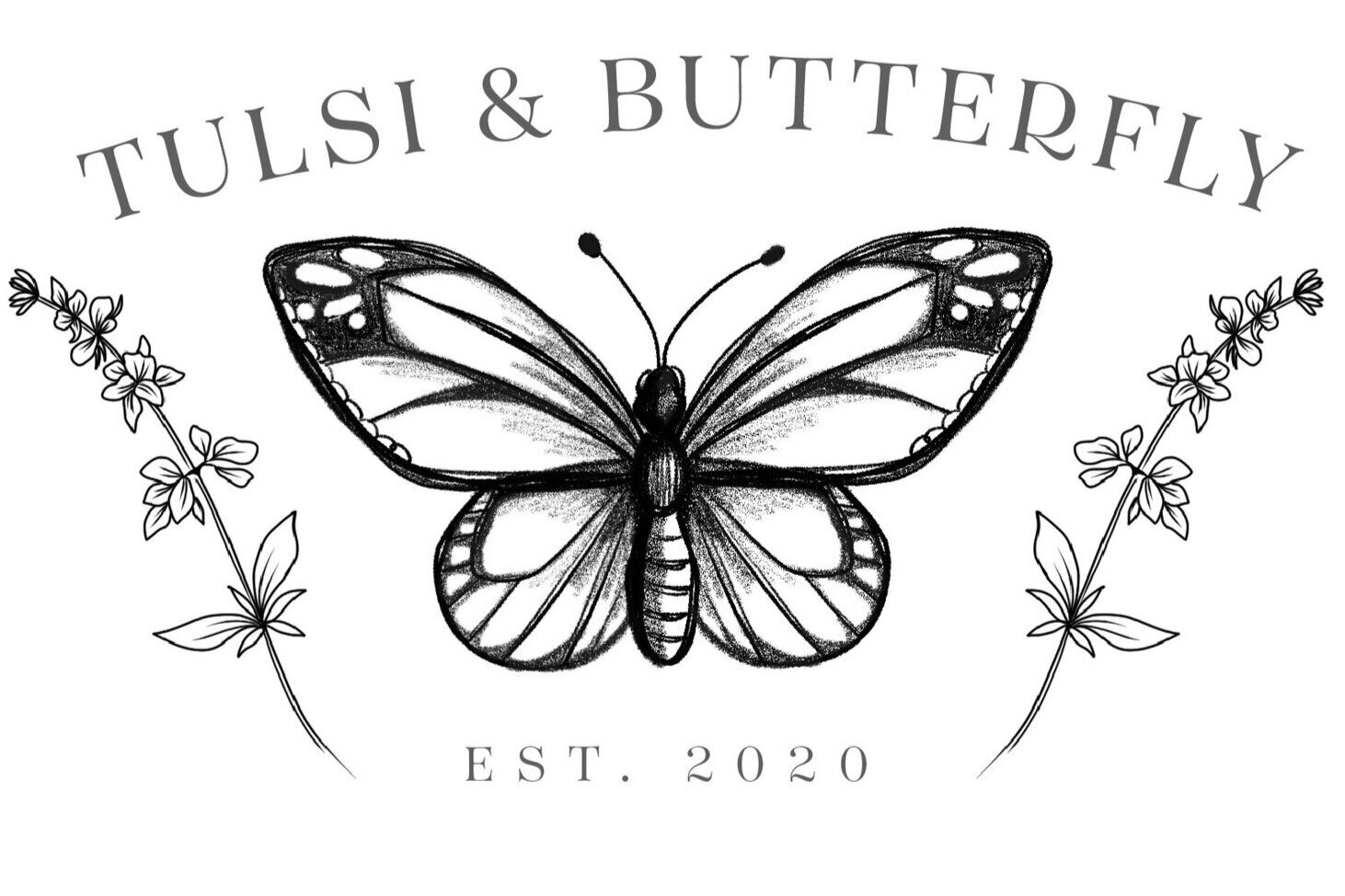Materia Medica: Skunk Cabbage
Scientific name: Symplocarpus foetidus
Symplocarpus – from the Greek symploke (combination) and karpos (fruit), referring to the way the ovaries grow together to form a fruit.
Foetidus – stinking
Introduction: I have been drawn to this plant since I moved to my home as we are surrounded by wetlands full of skunk cabbage. I first noticed the abundance of green large leaves that I saw during the summer and wondered if they were edible (they are not but may be used like tinfoil when cooking fish). The leaves come fully emerged by May. But, the flower is very intriguing and otherworldly and I later noticed them excitedly at the end of winter. It is one of the first flowers I see every year. Apparently, the spadix maintains a temperature of about 68 degrees and will melt the snow around the plant as long as the ambient temperature is above 37.4 degrees. The videos of this online are fascinating to watch.
Finally, this year I was able to gather some friends to help me harvest the plant. We asked the plants permission to harvest and it was much easier to harvest than I expected. We dug it up easily, although we didn’t get all of the roots. It was covered in mud and so heavy. It was upsetting for me to harvest as it was so heavy to carry. I am not sure why it felt like it was such an offering that we were taking compared to harvesting other plants but something to do with knowing that the plant may be old, possibly the meat like coloring and the heaviness of the plant. I was sure to take time to be grateful for the tincture, powder, oil and essence we would make.
The plant was generous to us and also is generous to so many in the wild. It is a food for bears emerging from their winter dens (and a starvation food for humans), it is an abundant pollinator, and attracts decomposing meat loving insects for spiders to seek out as prey. Birds will feed on the seeds once the spadix has turned black and the common yellowthroat bird will nest in the center of skunk cabbage’s large leaves, using the foul odor to deter predators.
Botanical Family: Araceae
Common names: Skunk cabbage, polecat weed, swamp cabbage, collard, clumpfoot cabbage.
Parts used: Roots and rhizome.
Sources: Very available in CT wetlands.
Collection: The underground parts should be unearthed in the Fall or early spring. However, they should not be kept for more than a year as they deteriorate with drying and age.
Actions: Anti-spasmodic, diaphoretic, expectorant, stimulant, emetic, diuretic, nervine.
Constituents: Volitile oil, resin, an acid principle; fixed oil, starch, wax, fat, silica, iron and manganese; cadaverine and skatole give skunk cabbage its unpleasant odor.
Contraindications and cautions: Considered toxic when raw. Use with caution if there is a history of kidney stones as it contains calcium oxalate crystals. Leaves will create a burning sensation in mouth and should not be consumed. Not intended for long term use.
Dosages:
· 1 part powder with 8 parts honey – 1 teaspoonful 3X a day
· ½ teaspoon of herb as infusion or decoction
· ½ -1 mL of the tincture 3 X a day
· 4 drops, 3X a day or similar
Current Uses: Used in formulas for respiratory relief, asthma symptoms and musculoskeletal support. Thought to be useful for bronchial spasms specifically associated with emotional distress. Skunk cabbage is indicated in homeopathy for a person that is inclined to contradict, absentmindedness, vertigo, violent sneezing, tension in the abdomen, spasmodic asthma, epilepsy, hysterics, herpes.
Flower remedies: The essence of skunk cabbage reminds us to stay rooted in our truth, and to continue to persevere on our path to be our highest and best self. This essence also allows for a feeling of safety and support when transitioning from one stage of life to another (from winter to spring, to a higher level of consciousness), as we contain everything we need for our future transformations. Skunk cabbage also increases our ability to communicate with the sacred light within us, and connect to that light in other beings.
Sources:
Holisitc Herbal, David Hoffman
Haley Nedderman Handout, 3/2019





